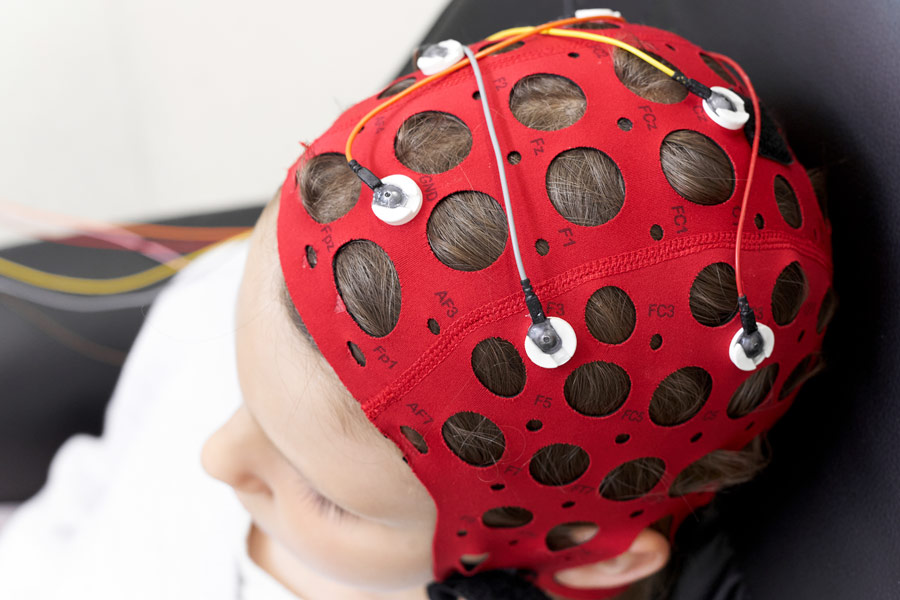Advertisment
Brain stimulation improves walking in Parkinson’s patients

A new approach to electrically stimulating the brain can improve the gait of people with Parkinson’s disease (PD), according to a study by Shinshu University in Japan. The treatment, known as neuromodulation, provides relief and improves mobility, the researchers found.
PD is a debilitating neurodegenerative disease characterised by motor function decline, particularly in relation to gait disorders. These gait disorders manifest as decreased step length, reduced arm swing, slow movements, rigidity, and postural instability, which are prevalent among patients with PD.
Gait-related disturbances adversely affect the quality of life of patients with PD, a condition affecting millions worldwide. Although various pharmacological, surgical, and rehabilitative treatments exist, their effectiveness is limited.
The new study, published in the Journal of Neurology, Neurosurgery & Psychiatry, proposes a novel intervention for gait improvement, thus creating new hope for patients with PD.
‘We recently developed a novel neuromodulation approach using gait-combined closed-loop transcranial electrical stimulation (tES) and demonstrated promising gait improvements in patients who are post-stroke,’ said lead author Prof Ippei Nojima from Shinshu University and Nagoya City University, Japan. ‘Here, we tested the efficacy of this intervention in patients with Parkinsonian gait disturbances.’
Clinical researchers recruited twenty-three patients with PD or Parkinson’s syndrome. All study participants were randomly assigned to receive either the active treatment or a ‘sham’ treatment that mimics the active treatment but does not offer any therapeutic benefit.
During the trial, an electrode carrying a low current (up to 2 mA) was externally affixed to the occipital region of the head. A reference electrode was then placed in the neck region to establish a stable electrical reference point and to complete the electrical circuit. The treatment included performing tES on the cerebellum in a non-invasive manner. The brain side showing severe impact was specifically targeted during the electrotherapy.
‘The effectiveness of pharmacological, surgical, and rehabilitative treatments is limited. Our novel intervention might be able to improve physical function for not just patients with PD but also for those with other disabilities,’ said senior author Yoshino Ueki from the Department of Rehabilitation Medicine at Nagoya City University.
The therapy showed encouraging results after just ten repetitions. The treatment group showed a significant improvement in gait parameters including speed, gait symmetry, and stride length.
Interestingly, no patient dropped out during the study. Moreover, patients from both the groups (treatment and sham) showed good and comparable compliance. Side effects such as skin irritation, vertigo, or odd sensations/perceptions were also not observed in any of the volunteering patients.
Although the study has certain limitations, it suggests that personalised brain stimulation, synchronized with individual gait rhythm, can effectively enhance gait function in PD and has the potential to be used as an adjunct therapy for gait rehabilitation.
‘These findings showed that gait-combined closed-loop tES over the cerebellum improved Parkinsonian gait disturbances, possibly through the modulation of brain networks generating gait rhythms,’ said Professor Nojima.





